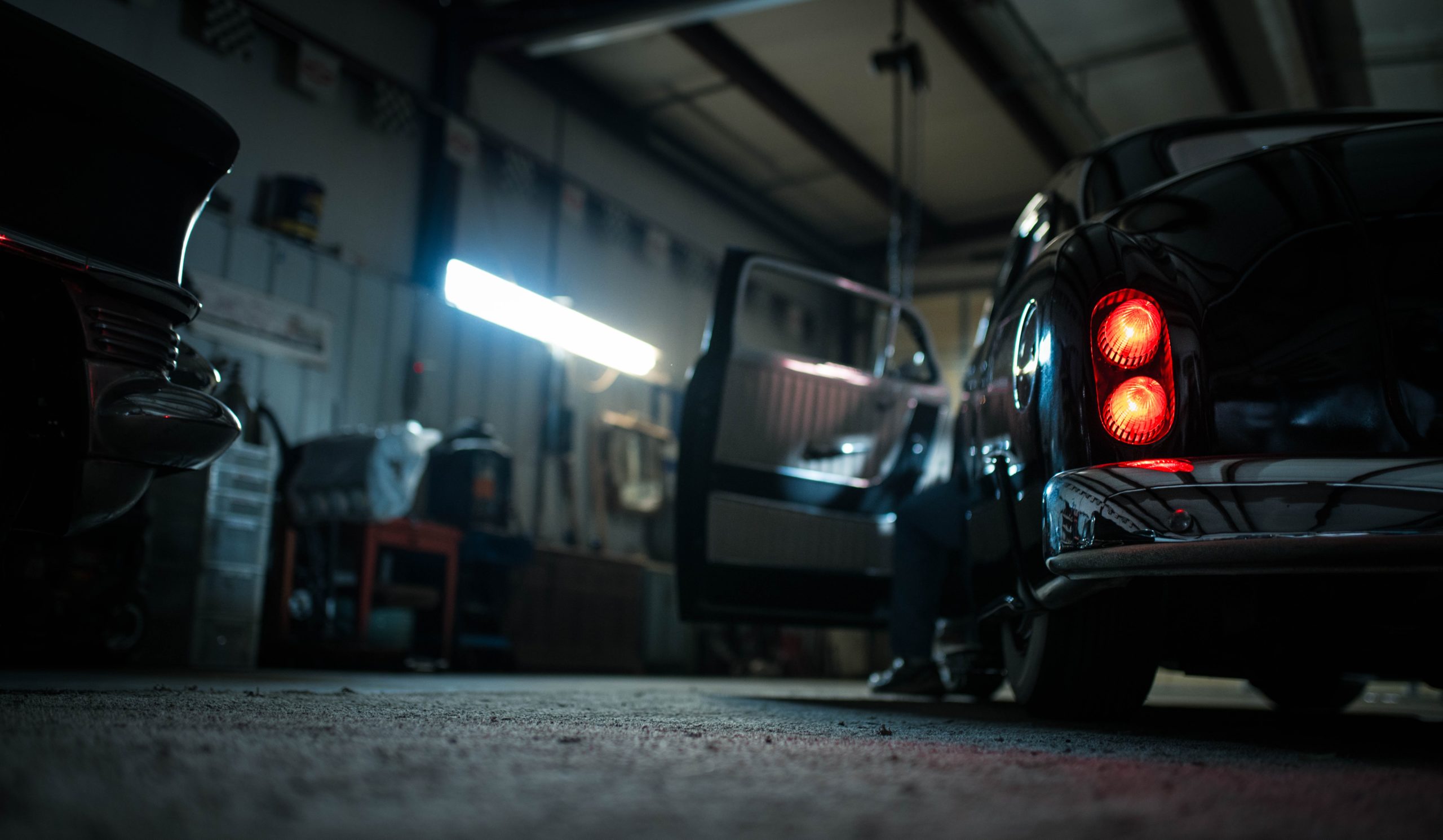[ad_1]
The modern day Jeep is known as an all-terrain vehicle that can brave the most rugged of environments but is also considered road-worthy or street legal. The modern day Jeep brand has undergone a lot of changes in design and ownership throughout the years but has retained its claim to fame as one of the most recognizable and influential vehicles in the world. Love for them has only grown over years, with many owners getting together to form clubs to share their love of the vehicle.
It is a testament to the Jeep's staying power that it has successfully crossed military and civilian lines and appeals to both markets. With the rising interest in off-road vehicles, the many incarnations of the Jeep are traversing both desert and icy tundra and continue to dominate the 4×4 world.
After the War: Commercializing the Jeep industry
After the Second World War, Willys-Overland saw an opportunity to trademark the Jeep and repackage it to appeal to a wider market.
The Federal Trade Commission (FTC) opposed this move as the company had not come up with the name “Jeep” originally; however, they chose not to pursue this claim further, enabling Willys-Overland to take ownership of the brand.
Willys-Overland produced the first civilian Jeep or CJ in 1945 and trademarked the Jeep brand in 1950. However, Willys-Overland struggled in terms of production and sales which enabled them to be taken over by the Kaiser Motors three years after they were granted the trademark of the Jeep brand. Kaiser Motors also underwent repackaging and became the Kaiser-Jeep company in 1963.
It wasn't until Kaiser-Jeep was acquired by the American Motor Company or AMC that the Jeep brand really took off. The Jeep brand complemented AMC's passenger car business and AMC took advantage of Jeep's international and government background. The French automobile manufacturer, Renault began investing in the AMC but eventually ran into financial trouble.
The American Motor Company was bought out by the Chrysler Corporation that eventually merged with Daimler-Benz and formed the DaimlerChrylser. During this time the original Jeep CJ-17 was replaced by the Jeep Wrangler. The current majority owner of the Jeep brand is a private equity company that placed the Chrysler and Jeep divisions under the all-encompassing arm of the Chrysler Group LLC.
Jeeps All Around the World
Many variations of the Jeep have been manufactured under special license all over the world. The Jeep Cherokee (XJ), for example, was manufactured by the Beijing Jeep Company, Ltd. in partnership with the Beijing Automobile Industry Corporation.
The Jeep vs. General Motor's Hummer
Willys-Overland's first design for the Jeep included a slat-grille made up of an arrangement of flat bars. This was redesigned by Ford into a 9-slot grille which was more light weight and better suited for the World War II jeeps.
The commercial Jeep now uses a 7-slot grille design which is also in use by the General Motors Hummer. The Hummer was first developed by a division of the American Motor Company which was acquired by General Motors. Chrysler Jeep division claimed exclusive rights for the 7-slot grille since they are now the sole owner of the Jeep trademark. Courts ultimately decided to let the Hummer brand use the 7-slot grille and the company compromised by slapping the “Hummer” name in front of the grille.
The last Hummer was produced in 2009. Jeeps, on the other hand, are still going strong.
Jeep Enthusiasts and Off Road Clubs
There is a fanaticism with Jeeps that runs deeper than that of most other vehicles. Many Jeep owners have chosen to share their love with fellow owners by joining local clubs devoted to them. These clubs often get together for weekend trips; driving their Jeeps off road for shared adventures as well as helping each other with custom modifications. Many groups have chosen to signify their membership with unique Jeep club shirts or stickers featuring customized pictures of their own vehicles.
What may be surprising to some Americans, is that some of the biggest Jeep fans in the world come not from the United States, but South America. The rugged country of Columbia is the perfect stomping ground for these hardy 4x4s. In this region, Jeeps are more than just a hobby, they are a way of life. The washed out dirt roads of coffee country are impassible to standard cars. They are true workhorses, carrying supplies to remote areas as well as providing reliable transportation to people living in small towns.
[ad_2]
Source by John Battista

